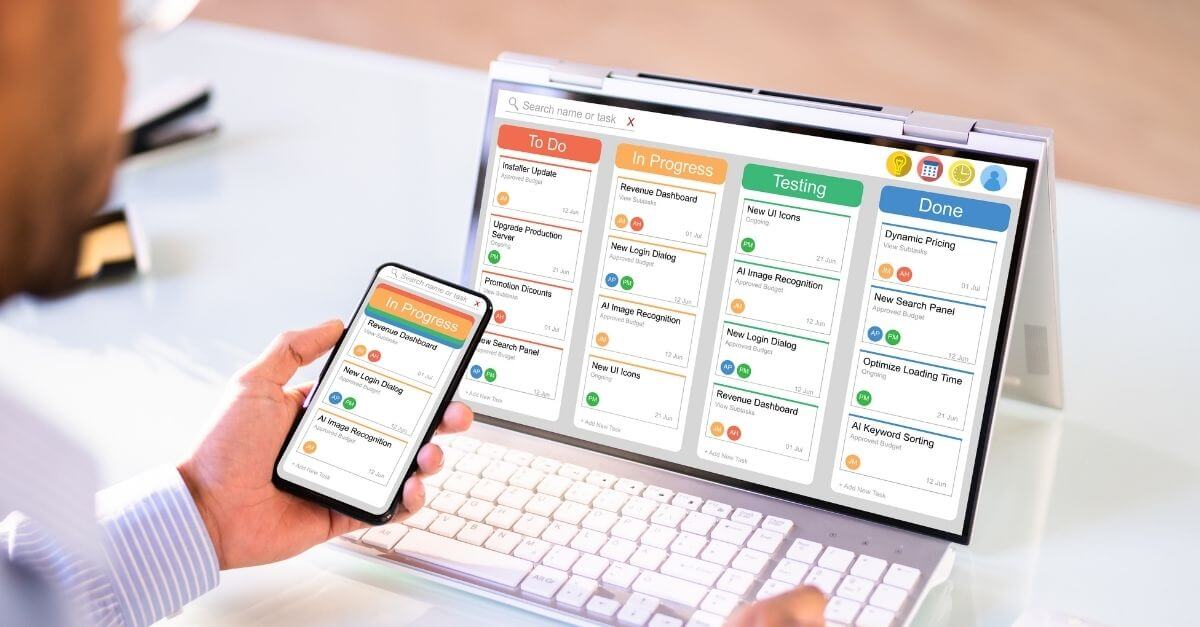How can we assess the success of a Sprint?

Nowadays it has become essential to organize work teams around objectives and bring workers together in the same direction.
Therefore, the use of short iterations (sprints) gives teams the possibility to evaluate the correct performance of the work, quickly highlighting any problems that arise in order to apply a solution or mitigation plan. Using the Scrum framework, and especially in immature teams, sometimes certain frustrations can arise for not achieving everything we had proposed in the planning. Based on experience it can be said that this is normal, the process of estimating, as we all know, is not accurate and would need to be adjusted as teams learn sprint by sprint, it is the basis of Scrum. So if we assume that initially it is likely that we will not be able to finish everything we had proposed, it is important that we base the success of a sprint on two relevant factors:
- That in the sprint planning we have established the objectives of the sprint, that is, what functionalities do or do have to be delivered. For this, it is a good practice for the Product Owner to introduce functionalities of different priority, so that in case of not reaching everything, what is left undone are little relevant topics. I know that this may contradict the Scrum maxim that is “Deliver the highest business value”, but the idea is to be a bit flexible and that these functionalities have a little weight with respect to the most important ones, usually no more than 10-15% of the duration of the sprint. So, if our estimates are finally correct, the possible low-value functionality delivered will always be very small.
- That the perception of the Customers or users of the sprint deliverable are positive. That is to say that the SW delivered do what they have to do in the way that had been agreed, being able to measure the effective progress of the projects, although there is some functionality that has remained in the pipeline. If what is delivered meets expectations, our users will not pay so much attention to what we have not been able to deliver.
As always, these factors may be conditioned by the context of each project, but in general, they are two very clear ways to evaluate the success of a sprint so that teams can always have high morale without losing sight of the objectives set. In this way, the successes of the projects will be given by the individual but cumulative successes of each of the sprints of the same.
Do you get the most out of your team? Has your company’s productivity been affected by Teleworking? Maybe we can help you. Contact us in case of need or doubt and leave it in the hands of our specialists.
AgileEnterprise, Scrum, sprint
Go back

